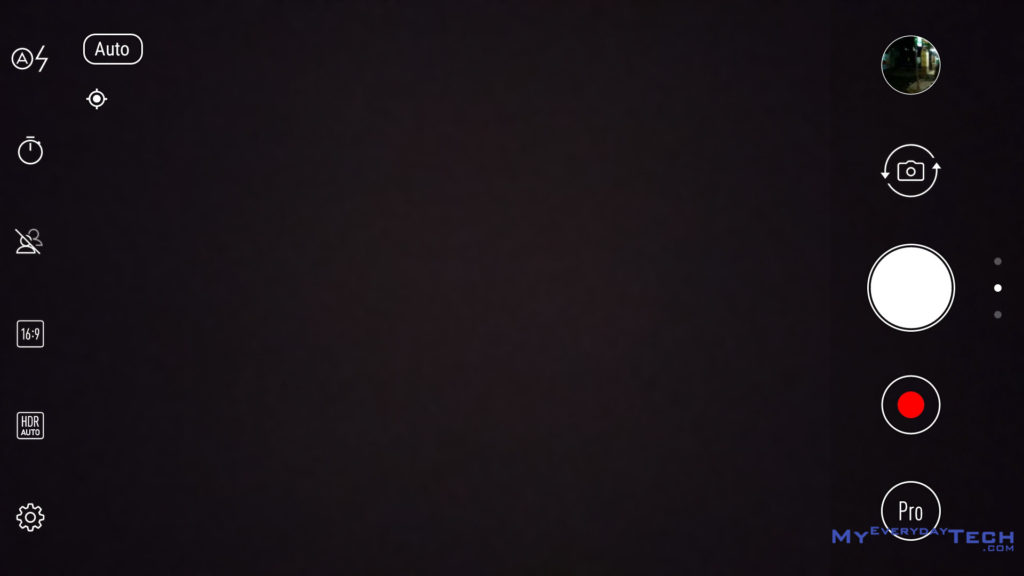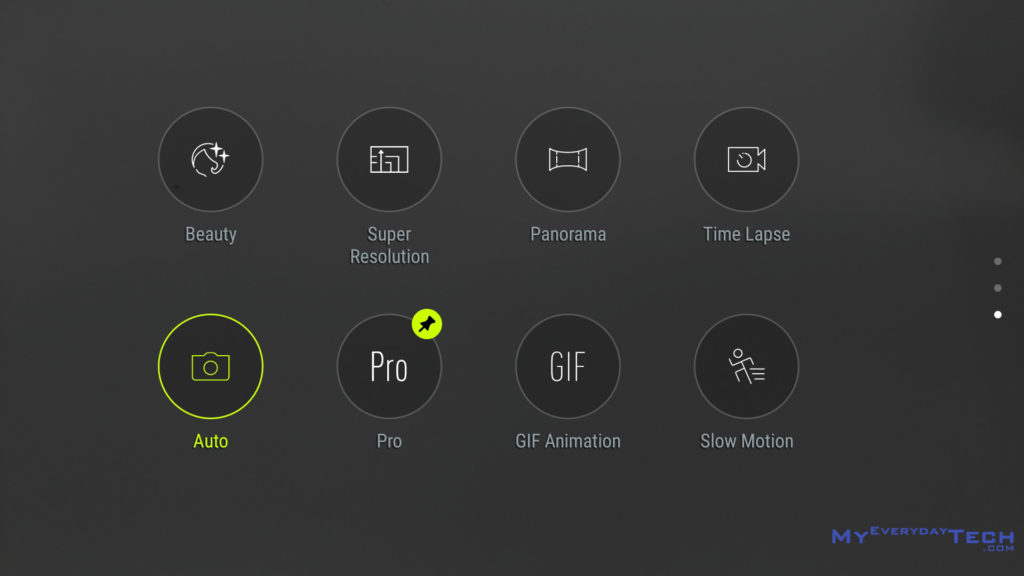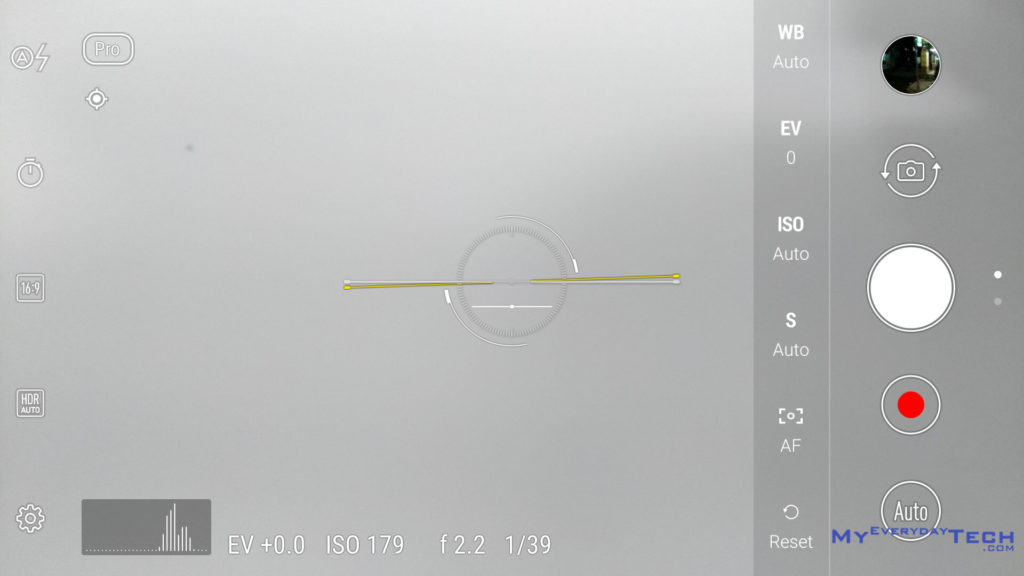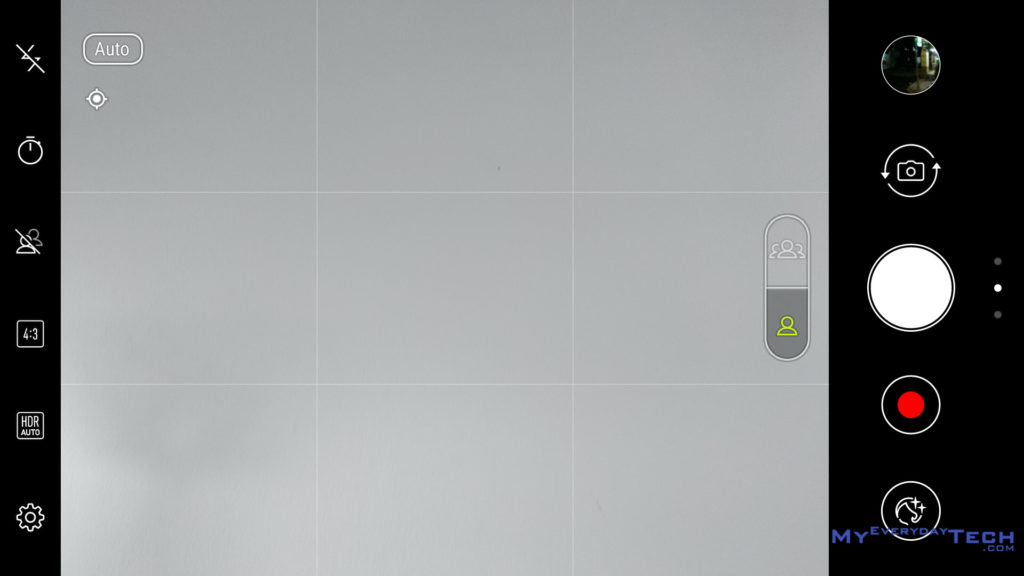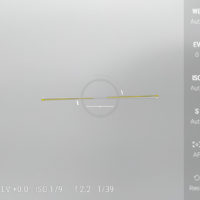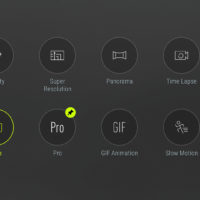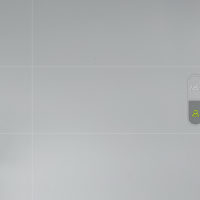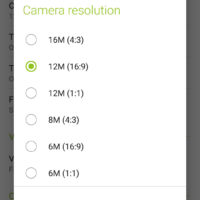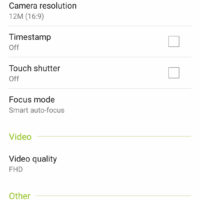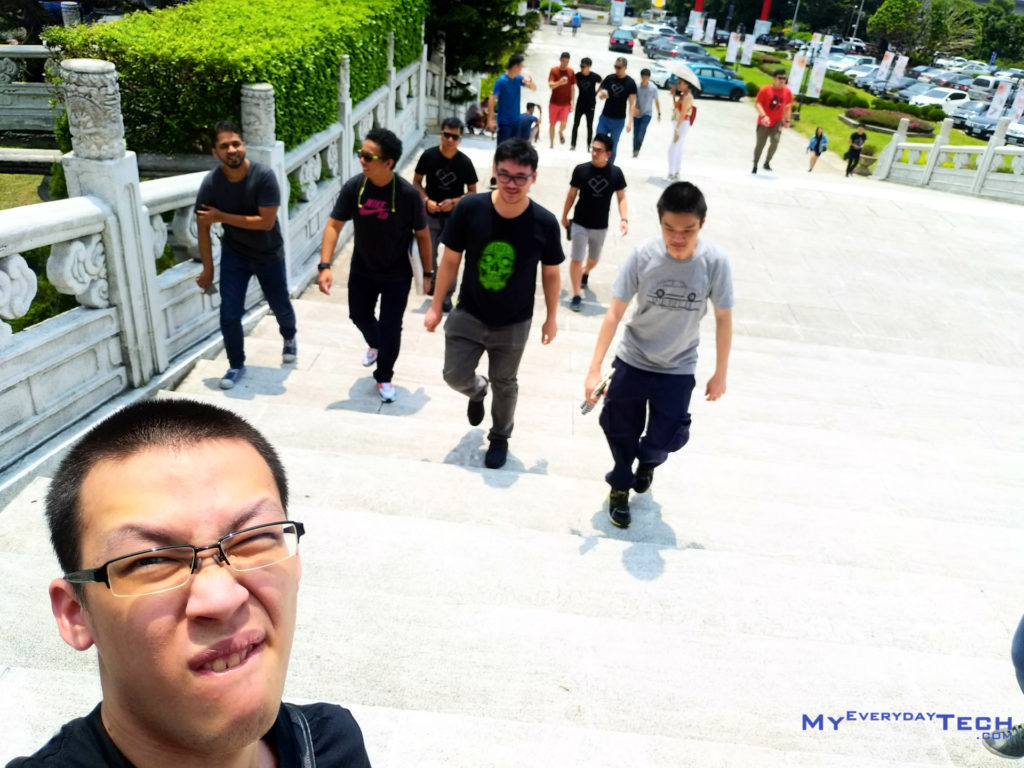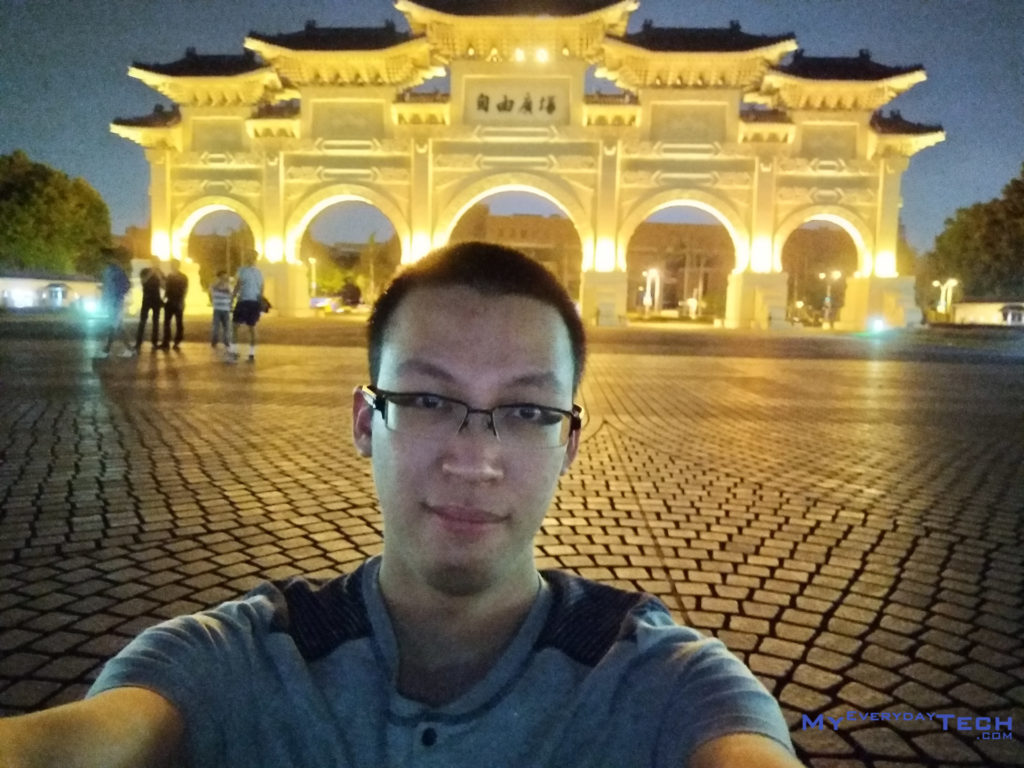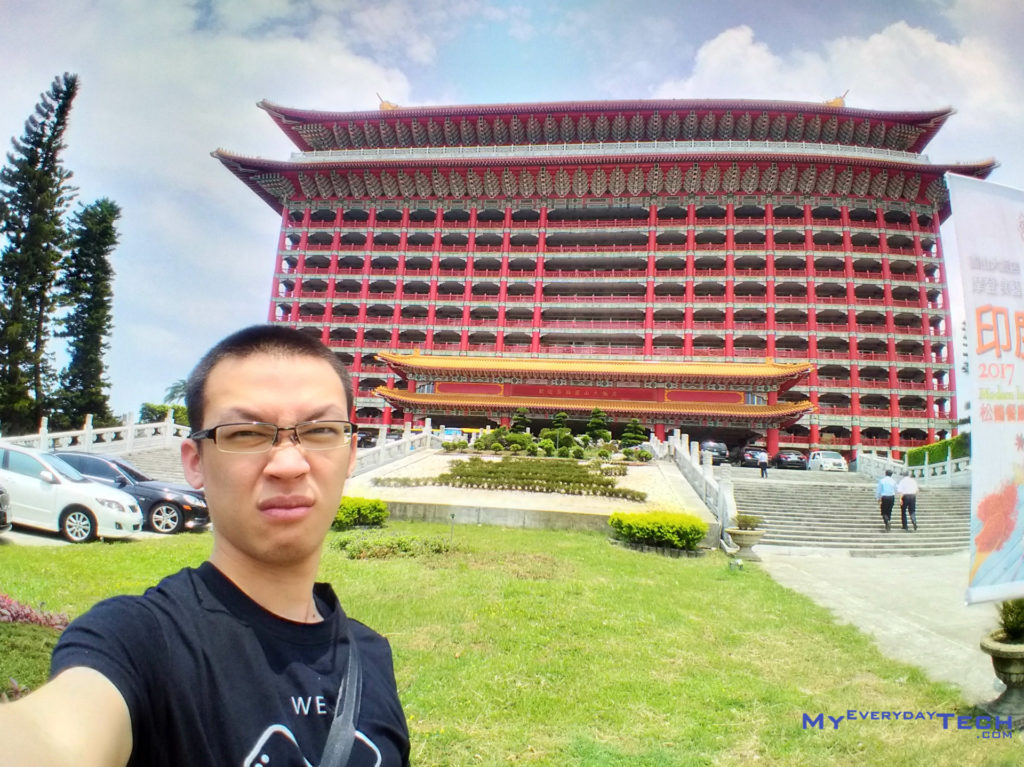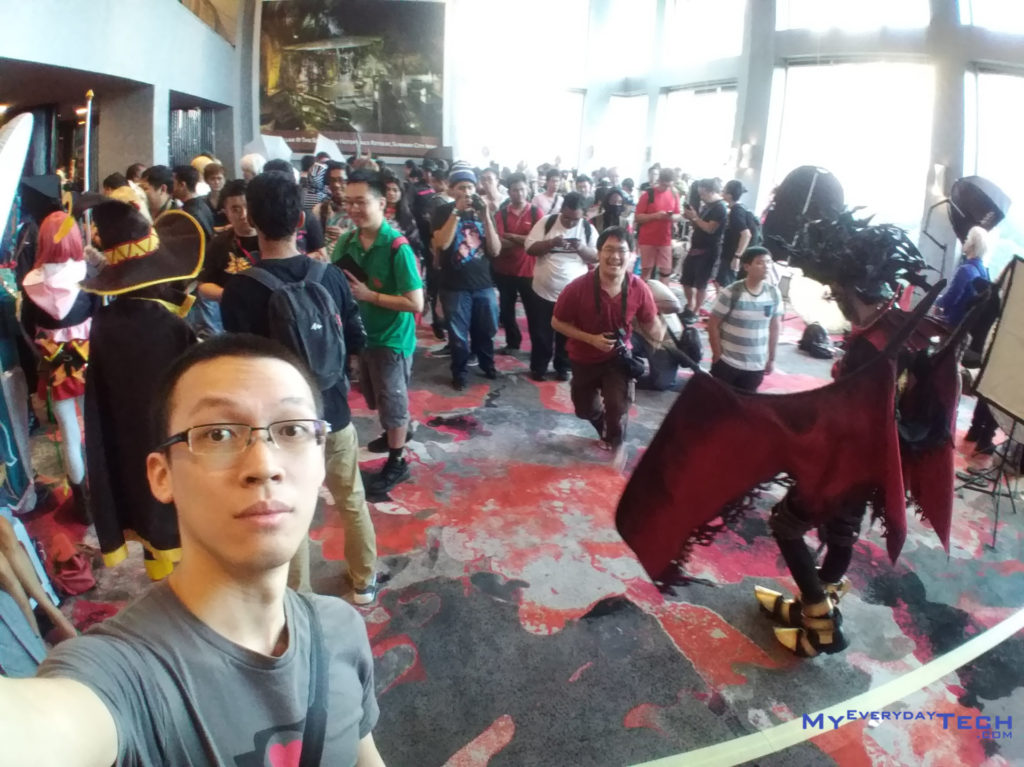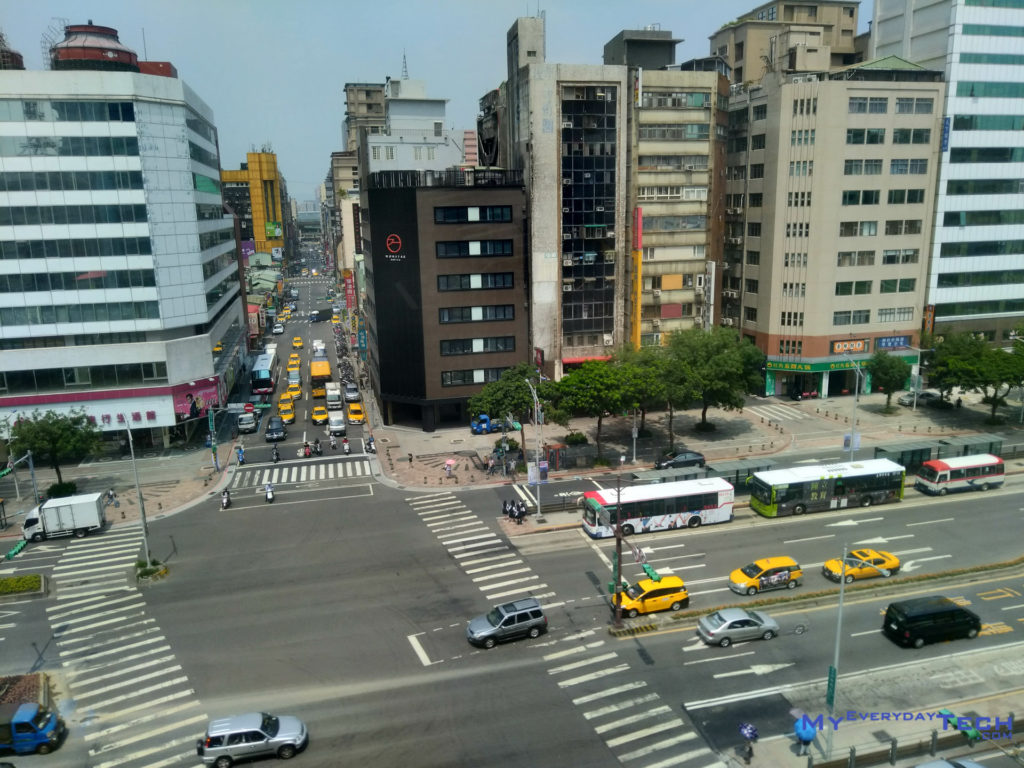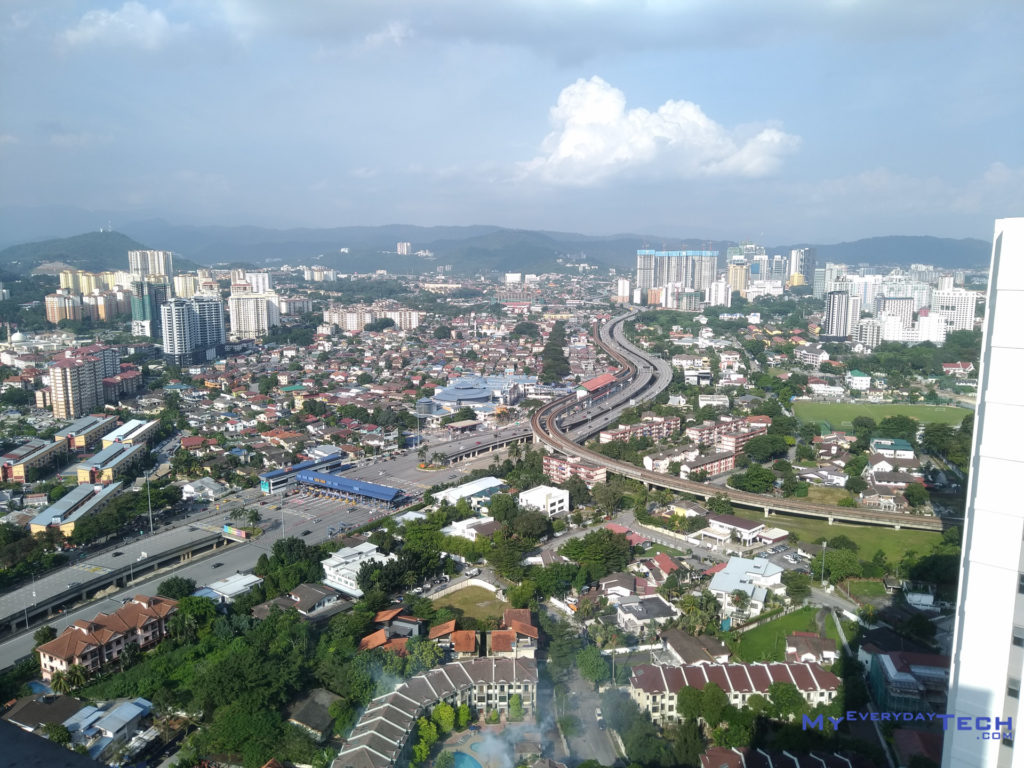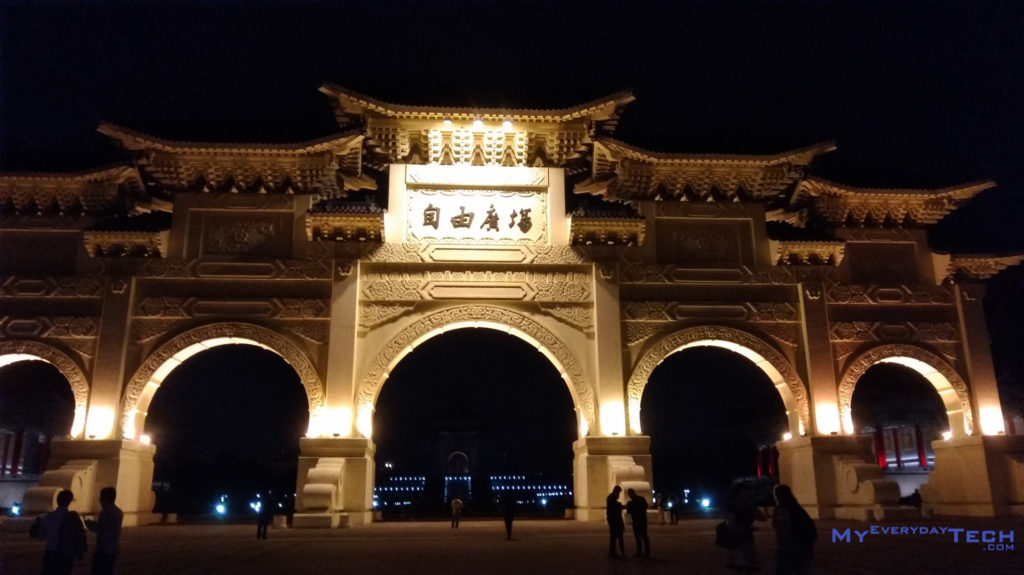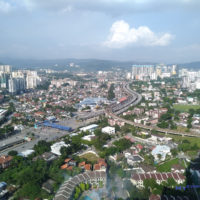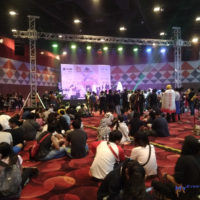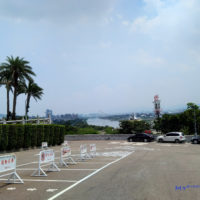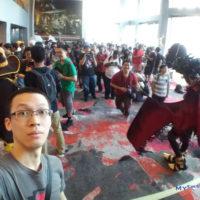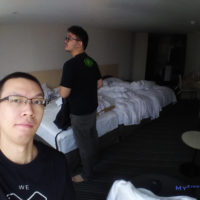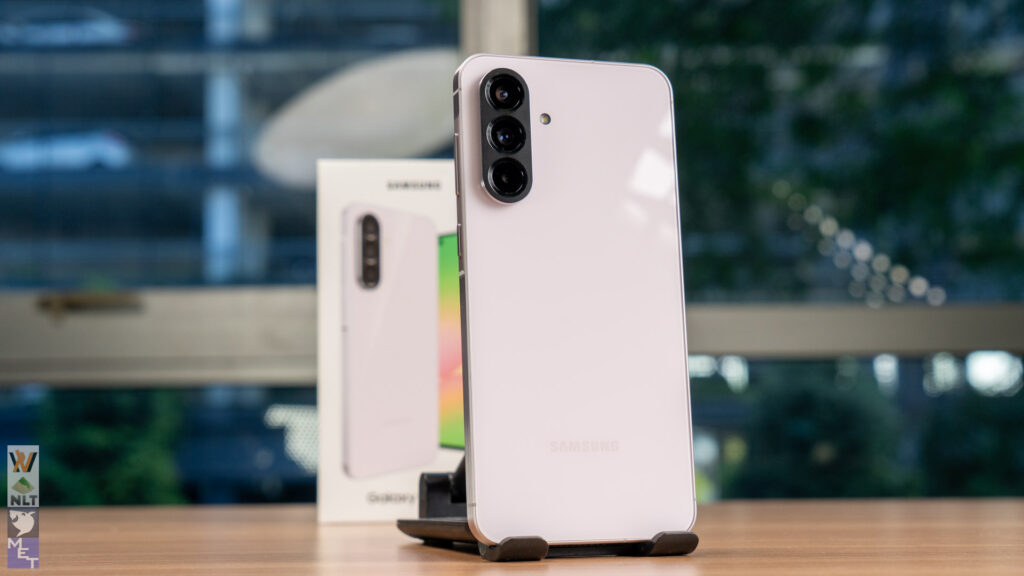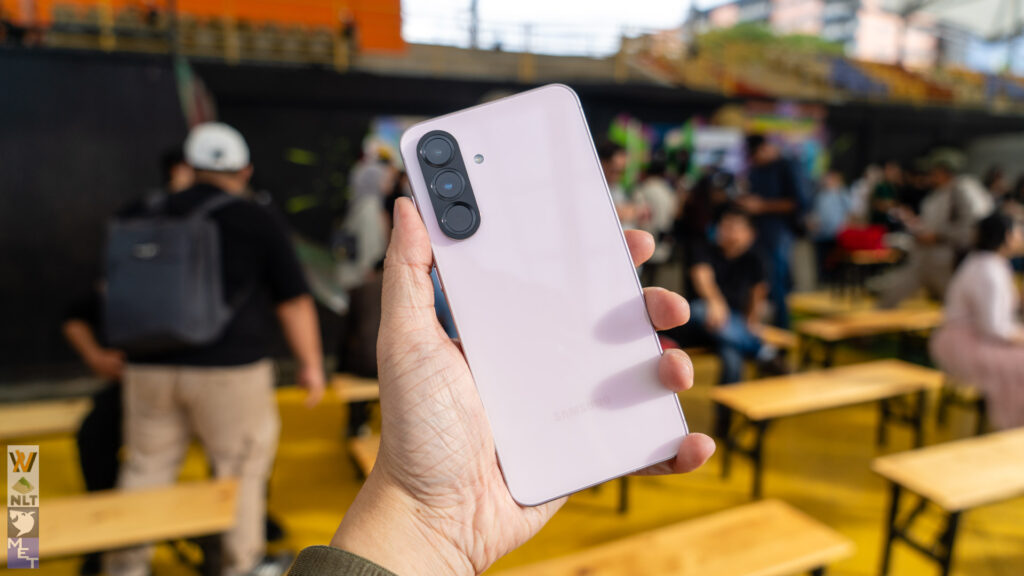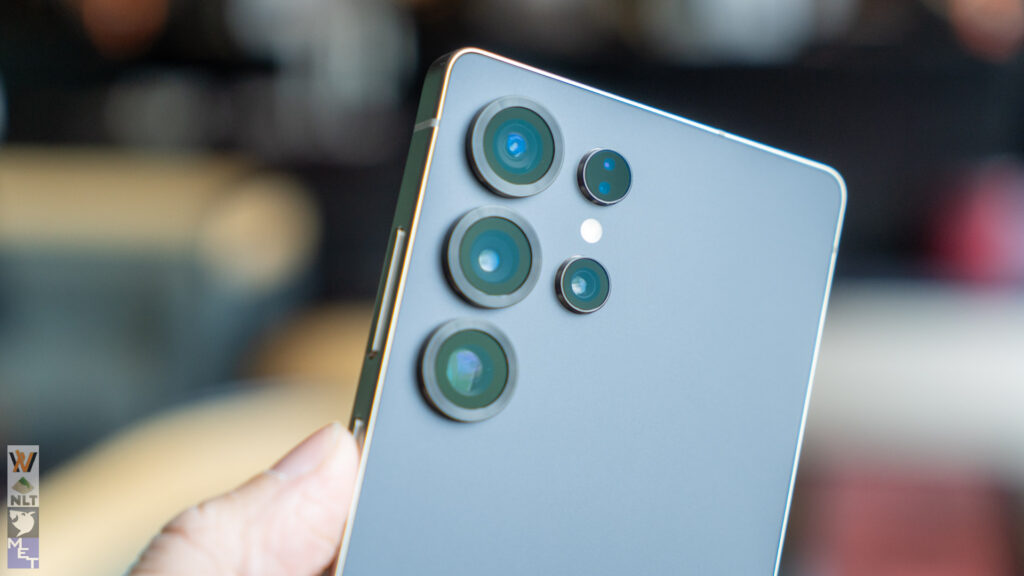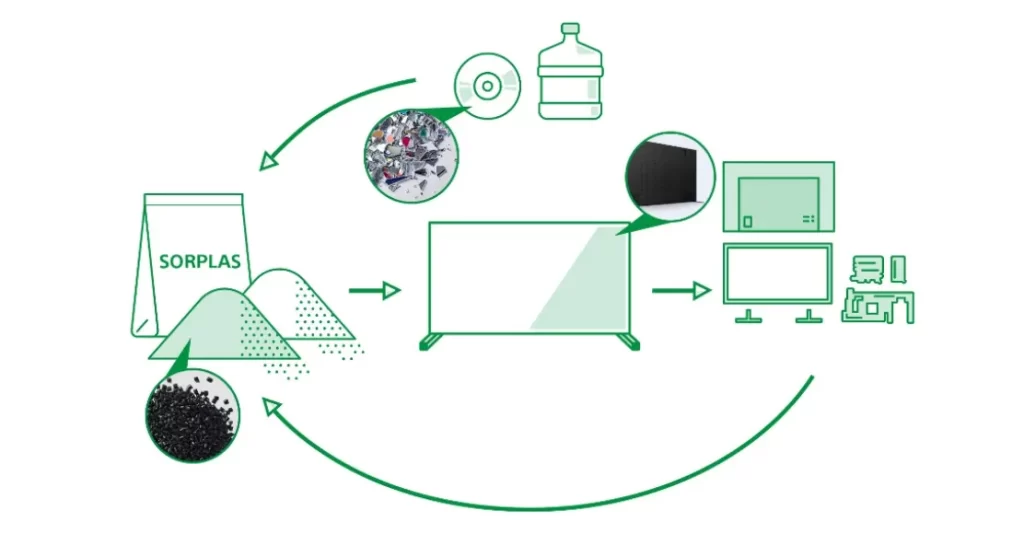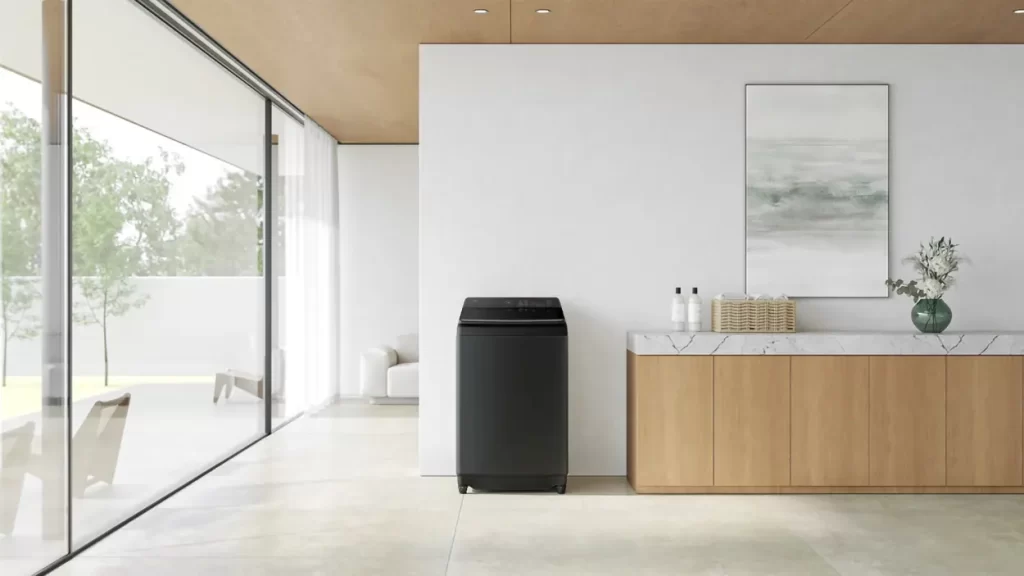ASUS ZenFone 4 Selfie Pro Review: Dual Selfie Cam
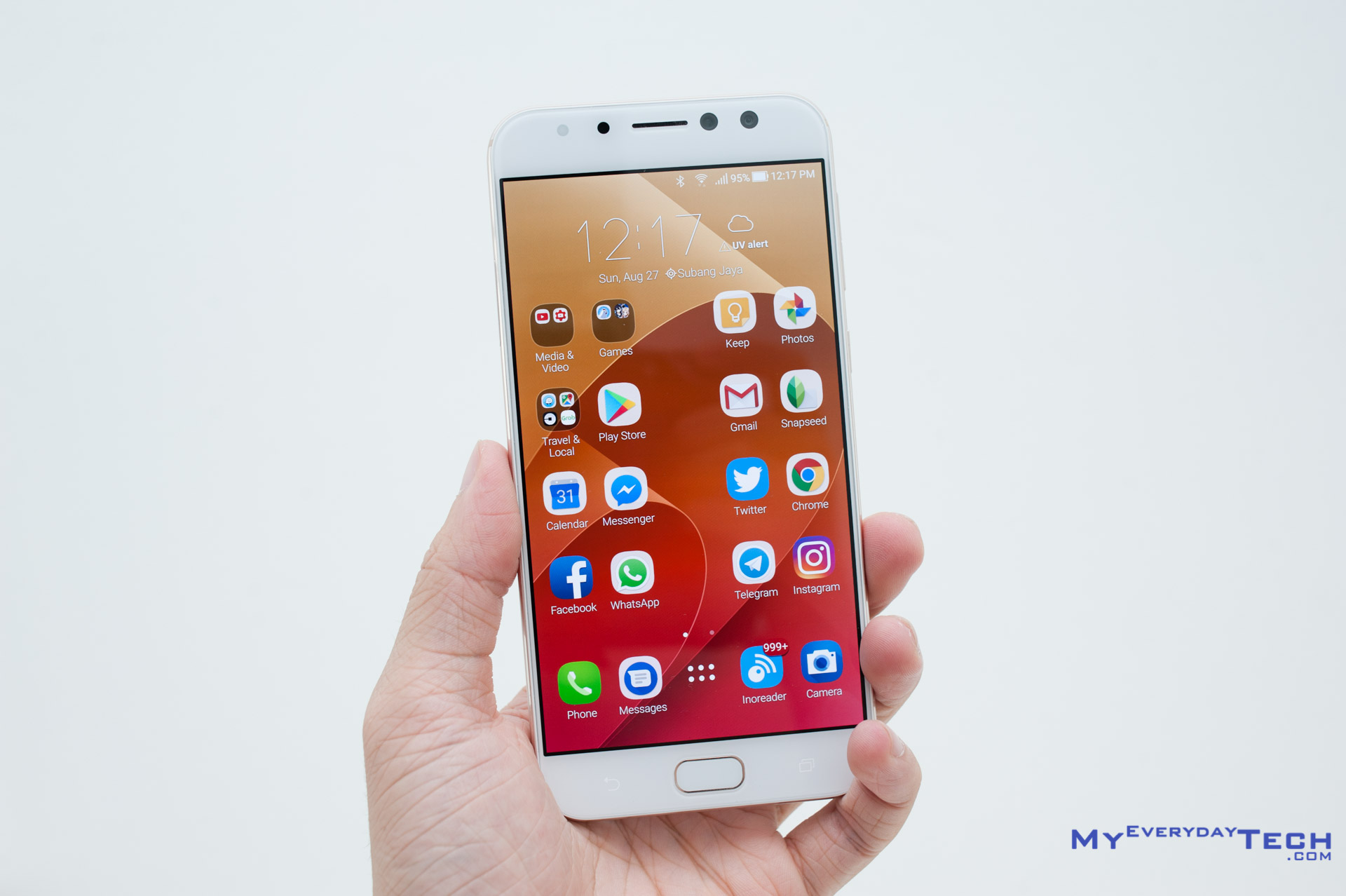
ASUS ZenFone 4 Selfie Pro
RM 1799Pros
- Great build quality
- Good and fast fingerprint scanner
- Excellent 5.5-inch AMOLED 1080p display
- Good camera app
- Takes good looking selfie (primary camera)
- Great performance
- Excellent battery life
Cons
- Micro USB
- Fingerprint scanner logic need improvement
- No IP-rated water and dust resistance
- No OIS
- Slow charging
- Underwhelming ultra wide angle camera sensor
Camera
Camera App
The ASUS camera app is very comprehensive. It has all the basic required features and capture modes for your photography needs.
An interesting addition is the GIF animation mode where you can now create GIF within the camera app. If you notice there’s a pin on the Pro button, that’s because ASUS allows you to selectively pin your favourite shooting mode to the camera home screen for easy access.
The Pro mode has all the information overlays such as histogram, level diagram and exposure information. You can turn off the overlay individually if you find them not useful for your shots.
Switching over to the front camera, the button layout has remained largely the same with the additional toggle for switching in between the Standard angle lens and Wide angle lens. Just like the rear camera, you have the option to pin your favourite shooting mode at the bottom right.
Image Quality
Front Camera (Standard)
Let’s talk about the image quality of the front camera first, starting with the primary standard angle lens. The 12 MP sensor and f/1.8 aperture lens are pretty impressive in taking natural bokeh-licious pictures. The colour looks amazing here without any signs of overly saturation or post processing.
I have to go a little technical here as we move into the acclaimed 24 MP DuoPixel technology. The sensor we’re talking about here is the Sony IMX362 Exmor RS which has a total of 12-megapixels. So how can it possible to produce a 24 MP photo? Turns out the sensor itself has Dual Pixel Phase Detection autofocus. If you dive into this article on ZenTalk, you will know that Dual Pixel PDAF literally means that each pixel has two photodiodes in it. What ASUS has done here is literally converting the 12 MP sensor and utilise the autofocus photodiodes to produce a 24 MP photo.
Normally you would not be able to use the extra photodiodes since they are used for Dual Pixel PDAF, but with the ZenFone 4 Selfie Pro’s DuoPixel™ camera technology, you can use the information captured by the extra 12 million photodiodes to intelligently create one 24MP photo, resulting in beautiful, high-resolution selfies.
Matching with the quote we took from the article published on ZenTalk, we are safe to say there is no autofocus functionality on the primary front camera despite the sensor is fully capable of supporting it. The decision is probably done with the assumption that selfie subject is usually within an arm’s reach.
Low light capabilities for the primary camera? Apparently, our sensor technology is still not up to the standard yet. Therefore, don’t expect great looking photos in low light situations.
Front Camera (Wide Angle)
The secondary front camera has a wide 120-degree field of view. That is almost similar with a 12mm ultra wide angle lens on DSLRs. You can now take a large group of selfies without having any issue fitting everyone into the shot. Judging from the above photo, some may comment that the image distortion is outrageous, but that is just the nature of ultra wide angle lenses.
Then, there’s a problem. The sensor used underneath the wide angle lens is the Omnivision 5670 – a 5 MP sensor with a teensy 1.12μm pixel size. In good lighting situation, like the one before this is looking awesome. Once we get indoors or anywhere which is dim, ISO noise starts to flood the image and what not, blurred shots because of slower shutter speed as the f/2.2 aperture lens is not helping at all.
Rear Camera
Moving on to the rear camera, it has a 16 MP Sony IMX351 sensor which is the same as the primary camera on the LG V30. Do keep in mind that there are many other factors that determine if a camera is good, namely the lens and the camera app. Speaking of which, the ASUS ZenFone 4 Selfie Pro only has a 26mm equivalent lens at f/2.2 aperture.
Day time photos look decent with plenty of detail in it. Albeit the camera app sometimes would struggle to balance the exposure. It is not a big problem as software assisted exposure does behave in that way especially if the scene has complicated lighting.
What surprises me is the low light capabilities. Despite the app would occasionally become indecisive of the auto exposure settings, but for a camera with f/2.2 aperture lens, the low light images outcome looks very good. Sure, the details look rather soft due to the software noise reduction. Still, at least they’re OK for social media sharing.
I’ll leave you guys with a simple gallery below and be your own judge.
Gallery
Full-size photo samples are available in our Flickr album.
Contents


